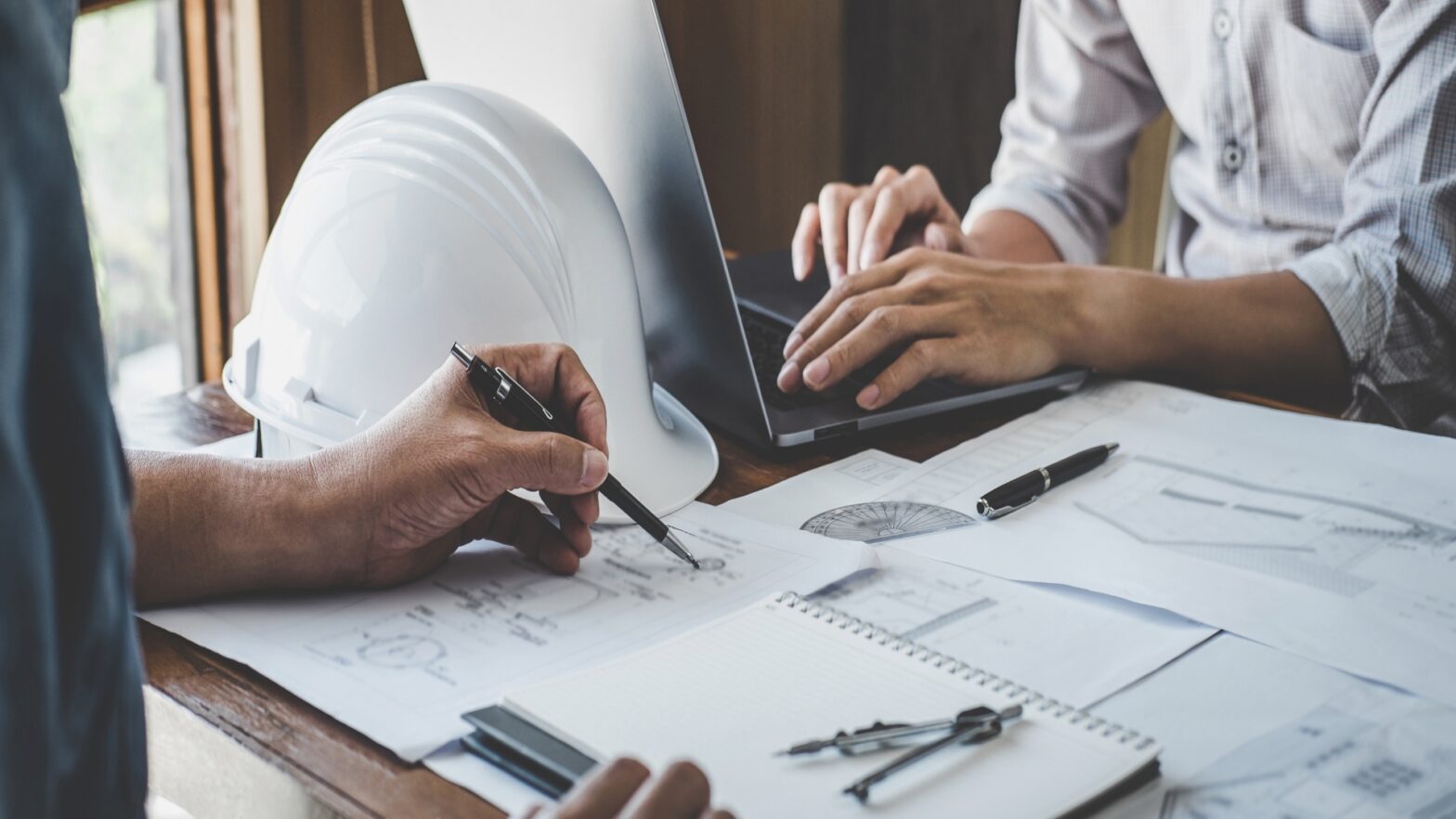Getting Started With Self-Build Homes
Building your own home from the ground up is an exciting and rewarding venture. Self-build homes offer the ultimate in customisation and control, allowing you to create a living space tailored to your exact needs and preferences.
With the growing trend of self-build projects in the UK, more people are exploring this option to achieve their dream homes. Let’s walk through the essentials of getting started with your own self-build home.
What is a Self-Build Home?
A self-build home is a property that is designed and constructed by the homeowner, rather than being purchased ready-made. This can involve a range of approaches, from undertaking much of the building work yourself (DIY self-build) to hiring professionals to carry out the construction based on your specifications (custom build).
Self-build projects offer unparalleled flexibility and creativity, allowing you to craft a home that perfectly suits your lifestyle and preferences.
Benefits of Building Your Own Home
Building your own home comes with numerous benefits. One of the primary advantages is the ability to personalise and customise every aspect of the property, ensuring it meets your specific needs and tastes. Self-build homes often result in potential cost savings, as you can carefully select materials and manage expenses more effectively than buying a pre-built house.
This means you have complete control over the quality of the build, from the foundation to the finishing touches. The sense of accomplishment and ownership that comes from creating your own home is unparalleled, offering a truly unique and satisfying experience.
Planning Your Self-Build Project
The journey of creating your self-build home begins with thorough planning. Start by conducting extensive research on the self-build process, including understanding the financial implications and setting a realistic budget. Securing financing is a crucial step, whether through self-build mortgages or personal savings.
Finding the right plot of land is essential. Consider location, accessibility, and local amenities. Once you have your plot, the design phase begins. Collaborate with architects and designers to bring your vision to life, ensuring your plans comply with local regulations and meet your needs. Proper planning lays the foundation for a successful self-build project, setting you on the path to your dream home.
Navigating Regulations and Guidelines
Adhering to building regulations and obtaining the necessary permissions is vital for any self-build project. These regulations ensure that your home meets safety, structural, and environmental standards. Key areas to consider include structural integrity, fire safety, and energy efficiency.
For instance, electrical installations must comply with safety standards to prevent hazards, and plumbing work should meet hygiene and water efficiency regulations. Additionally, proper ventilation must be ensured to maintain indoor air quality and prevent dampness.
If you’re building at a location without a mains gas supply, an important aspect of compliance is positioning your heating oil tank correctly. Guidelines specify safe distances from buildings and boundaries to prevent fire hazards and ensure easy access for maintenance and deliveries. Environmental considerations, such as spill prevention and proper containment, are also crucial.
Following these guidelines not only keeps your project legal but also ensures the safety and sustainability of your new home.
Managing the Build Process
Once planning and permissions are in place, managing the build process becomes the next major step. This involves hiring reliable contractors and builders who can bring your vision to life. It’s essential to vet potential hires thoroughly, checking references and past work to ensure they have the expertise needed for your project.
Overseeing the construction involves monitoring key stages and milestones, from laying the foundation to roofing and interior finishes. Regular site visits and clear communication with your team are crucial to keep the project on track and address any issues promptly. Be prepared for unexpected challenges and delays, and have contingency plans in place to handle them efficiently.
Final Touches and Moving In
As your self-build home nears completion, focus on the final touches. Interior design and finishing elements, such as paint colours, fixtures, and fittings, will make your house truly feel like a home.
Before moving in, ensure all necessary certifications and inspections are completed, including building inspections, electrical and plumbing certifications, and energy performance assessments. These are crucial for safety and regulatory compliance.
Plan your move carefully by organising your belongings, potentially hiring a reputable moving company, and considering a phased move-in process. By attending to these details, you can settle into your new home smoothly and begin enjoying the fruits of your labour.

































